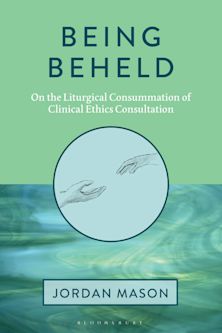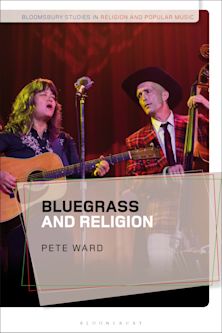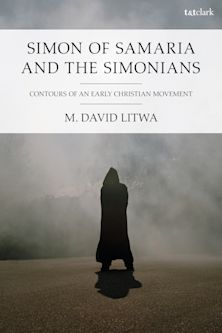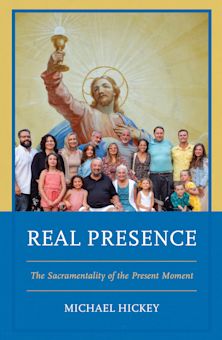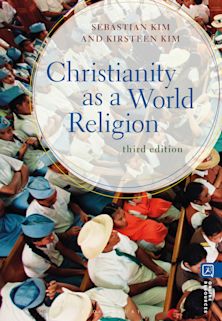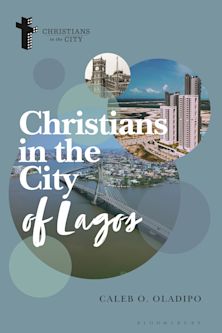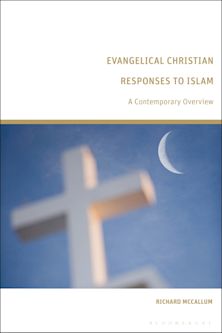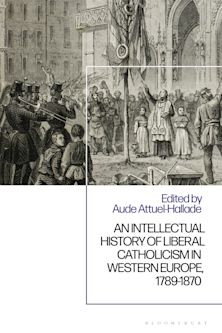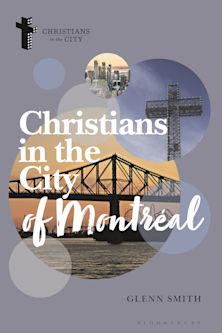- Home
- ACADEMIC
- Religious Studies
- Christianity
- Living Beauty
Living Beauty
The Art of Liturgy
- Textbook
Living Beauty
The Art of Liturgy
- Textbook
Exam copy added to basket
Choose your preferred format. Please note ebook exam copies are fulfilled by VitalSource™.
Buy from Bloomsbury eTextBooks
You are now leaving the Bloomsbury Publishing website. Your eBook purchase will be with our partner https://www.vitalsource.com.
Your credit card statement will show this purchase originating from VitalSource Technologies. They will also provide any technical assistance you might require.
You must sign in to add this item to your wishlist. Please sign in or create an account
Description
The Christian mystery, celebrated in the Roman Catholic liturgy, is a sensible mystery, and calls out for artistic expression. Living Beauty explores the Christian mystery and points to the need for a liturgical aesthetic as a means to encounter the divine mystery. A liturgical aesthetic gives an account of Christian worship in terms of a new set of categories that includes divine beauty, a theology of sensibility, and the new notion of a unitive revelatory experience. These categories help to reveal the aesthetic dimensions of the Church's watershed document on the liturgy, Sacrosanctum Concilium.
The Church today stands in need of a new conversation on the aesthetic dimension of the liturgy and the role of the arts. Contrary to common opinion, the arts provide more than an environment or mere extrinsic ornamentation for the liturgy; they are intrinsic to the very nature of liturgy. They provide the means of being sanctified in the encounter with divine beauty that is the mystery of Christian worship. Artistic expression enables the worshiping community to receive the divine mystery in beauty.
Table of Contents
2 This Blessed Mess, Scirghi; A Sensible Mystery, García-Rivera
3 Something Beautiful for God, Scirghi; In Whom we live and move and have our being, García-Rivera
4 It is right to give God thanks and praise, Scirghi; The Glory of the Lord, García-Rivera
5 Go in peace…then what?, Scirghi; Do this in memory of me, García-Rivera
6 Conclusion
Product details
| Published | Oct 15 2007 |
|---|---|
| Format | Ebook (PDF) |
| Edition | 1st |
| Extent | 1 |
| ISBN | 9798216209997 |
| Imprint | Rowman & Littlefield Publishers |
| Series | Celebrating Faith: Explorations in Latino Spirituality and Theology |
| Publisher | Bloomsbury Publishing |
About the contributors
Reviews
-
Garcia-Rivera and Scirghi inspire hope that the Church can find a way to worship that is faithful to the tradition and 'living' in fresh, new ways. Living Beauty provides a path for discovering common ground among vying viewpoints on reforming the reformed liturgy today, and offers a theological framework for moving beyond the polarizing issues that have crippled efforts at liturgical renewal since the Second Vatican Council.
Judith Kubicki, Fordham University
-
In the interplay between theory (Garcia-Rivera) and pastoral context (Scirghi), this study contributes a perspective that may resonate with many different voices and allow some groups to move beyond the 'worship wars' into fruitful conversation. For those not immersed in such issues, the book is a welcome addition to the interdisciplinary nature of aesthetic theology, this time applying the insights of aesthetics to the specificity of liturgy and further concretizing the theory in the lived experience of liturgical celebration.
Lizette Larson-Miller, Church Divinity School of the Pacific
-
Readers will find this book helpful and challenging, whatever their particular involvement in the liturgy may be. While it will be edifying to the individual, the book's theses are, like its very structure, essentially dialogic, dramatic and community-oriented; I suspect it would be particularly fruitful in group discussions. Although it is written from a Roman Catholic perspective, Living Beauty will speak to any tradition, with direct applications to Anglican and many Protestant liturgies. While some parts of the book may be somewhat dense for the non-specialist, overall the book is accessible to the educated general reader.
Cithara











